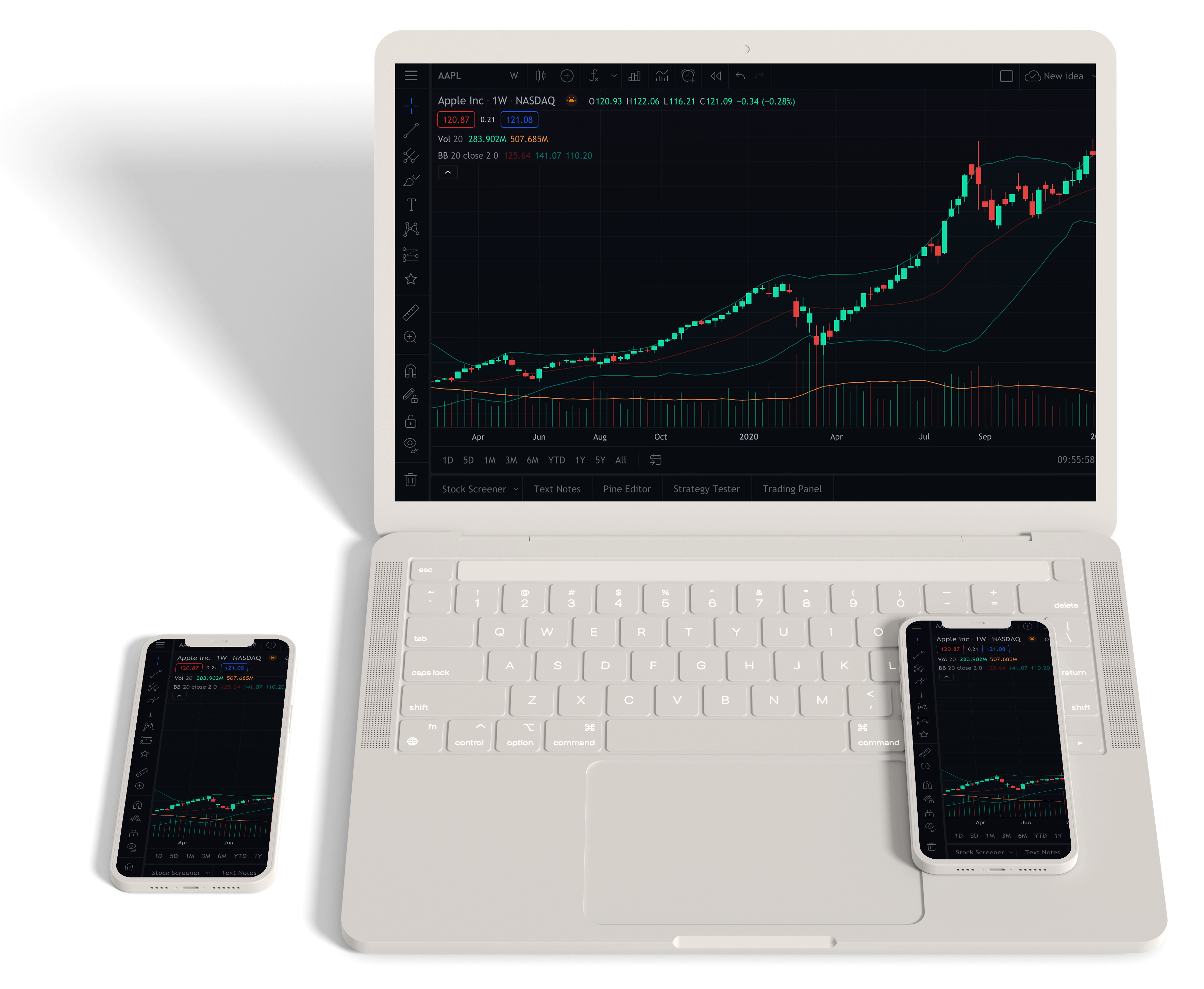
Vanilla options are contracts giving traders the right to buy or sell a specified amount of an instrument, at a certain price on a pre-defined time. When trading vanilla options, the trader has the power to control not only the instrument and the amount he trades, but also when and at what price. Options can be traded for a day, a week, a few months or even a year.
Trading options is a mystery for many people. Many would choose trading spot over options, but once getting into the options – traders get hooked. The variety of choices, with the ability to control all aspects of a trade, properly balancing risks and rewards, welcomes traders to an exciting world where all options are open.
There are some unique terms in the vanilla options trading world, and one must know them before starting to trade. There are two types of options:

Call options which give the buyer the right to buy an instrument at a specified price. Call options are more typically bought by traders who believe the market is on the rise, known as bull traders.

Put options which give the buyer the right to sell the instrument at a specified price. On the other hand, put options are bought by traders speculating the market will go down, or bear traders.
However, one can either buy or sell either type of option.
In order to own an option, the buyer pays the seller an amount called the premium. When the trader acts as the buyer he pays the premium, and when selling an option he receives it. The premium is decided by a few factors; the current rate or price of the instrument is the first one. In addition, since options are contracts to trade in the future, there is a time element. The date on which the option can be exercised is called the expiration date, and the price at which the option buyer can choose to execute is the strike price. Longer dated options have higher premiums than shorter dated options, much like buying insurance.


Another key factor in determining the premium is the volatility of the underlying instrument. High volatility increases the price of the option, as higher volatility means there is a greater likelihood of a larger market move that can bring about profits – potentially even before the option has reached its strike price. A trader can choose to close his option position on any trading day, profiting from a higher premium, whether it has risen due to increased volatility or the market moving his way.

Another key factor in determining the premium is the volatility of the underlying instrument. High volatility increases the price of the option, as higher volatility means there is a greater likelihood of a larger market move that can bring about profits – potentially even before the option has reached its strike price. A trader can choose to close his option position on any trading day, profiting from a higher premium, whether it has risen due to increased volatility or the market moving his way.
Scenario: The current price for EURUSD pair is 1.1000. The trader speculates it will rise within the week
Spot trade: In the first case scenario he will open a spot position for 10,000 units, on any platform at the given spreads. If the EURUSD price moves higher, he instantly makes a profit.
Buy Call Option: In the second strategy, he buys a call option with one week to expiration at a strike price, for example, of 1.1020. Once buying he pays the premium as shown in the trading platform, for example, 0.0050 or 50 pips. If, at the expiration date, EURUSD exceeds the strike price, he will earn the difference between the strike price and the prevailing EURUSD rate. His breakeven level will be the strike price plus the premium he paid up front. He can also profit at any time prior to expiration due to an increase in implied volatility or a move higher in the EURUSD rate. The higher it goes, the more he can make.
Sell Put Option: In the third case, he will sell a put option. Meaning he will act as the seller, and receive the premium directly to his account. The risk he takes by selling an option is that he is wrong about the market – and so he must be careful in choosing the strike price. He should be comfortable in his view that EURUSD will not be below this level at expiration.
Another way to say it is that he must be comfortable buying EURUSD at the strike price, because if spot finishes lower, the seller has the right to “put” EURUSD to him at the strike price. In return for taking this risk, the option seller receives the upfront premium. If spot finishes higher than the strike price, he keeps the premium and is free to sell another put, adding to his income earned from the first trade.
In both options trading examples, the premium is set by the market, as shown in the Forex TemplateOptions trading platform at the time of trade. The gains and losses, based on the strike price, will be determined by the rate of the underlying instrument at expiration.
At the end of the day, it is considered a safe investment in fact, for an option buyer, they are far less risky than trading the underlying instruments. For a seller, the downside risks, too, are less than that of being wrong on a spot trade, as the option seller gets to set the strike price according to his risk appetite, and he earns a premium for having taken the risk. Options do require an initial investment of time, to get to know the product.
In addition, options can be used to hedge spot positions, and as a result, risks are limited to the premium amount. For instance, if you have a long position on an asset, such as a stock, you can buy put options to hedge that underlying position. Put options rise in value when the underlying asset’s price declines. So, if your long spot market position is generating a loss, your put option position will generate profits, effectively protecting you against market swings.
Perhaps the most unique advantage of options is that one can express almost any market view, by combining long and short call and put options, and long or short spot positions. The trader is bearish on USDJPY, but not sure? He can buy a put option for his target expiration date, sit back and relax. Whether USDJPY goes up or down tomorrow, he is safe in his position all the way to the expiration date. If he turns to be right, spot is lower than the strike price by at least the premium value, he will earn profits.
Like any instrument, trading options has its risks and potential losses. However, there is a major difference between trading spot and trading options. In spot trading the trader can only speculate on the market direction – will it go up or down. With options, on the other hand, he can execute a trading strategy based on many other factors – current price vs strike price, time, market trends, risk appetite, and more, i.e. he has much more control over his portfolio, and therefore more room for manoeuvre.
A major risk in trading financial derivatives is volatility. Volatility may occur as a result of various factors, such as major news and events, that have a direct impact on the underlying asset’s price.
Strangles and Straddles are the most efficient options trading strategies applied for volatility trades. Strangles are applied when there is a directional bias, while Straddles are applied when the expected price direction is unclear. In both strategies, though, options traders ensure that their speculative bets are hedged. The Strangle and Straddle strategies can be applied in the following ways:
Foreign exchange, more commonly known as Forex or FX, relates to buying and
selling
currencies with the purpose of making profit off the changes in their value. As the biggest
market in the world by far, larger than the stock market or any other, there is high
liquidity in the forex market. Therefore, the forex market attracts many traders, beginners
and experienced alike.
With approximately $4 trillion USD traded in the market every day, the forex market has the highest liquidity in the world. Basically, this means that one can buy almost any currency he wishes in high volumes while the market is open. The forex market is open 24 hours, 5 days a week – Monday to Friday. Trading begins with the opening of the market in Australia, Asia, Europe to follow and then the USA until the markets close.
Traders will apply short strangle and short straddle strategies when they expect the implied volatility of the underlying asset to be low. In a short strangle, a trader buys both call and put options with similar expiry times, but different strike prices. In a short straddle, a trader will sell both call and put options of the same underlying asset with similar expiry times and identical strike prices. In both scenarios, profits will be generated if the underlying asset’s price ranges or does not make significant movement in either direction.
Options are a great tool for any trader who invests just a little time to understand how they work. Loyalty Algo offers a full education section accessed directly from the trading platform
For an experienced and aggressive trader, options can be used in a myriad of ways. For the beginner, or a more conservative trader, long options strategies such as buying options and option spreads, offer a limited risk entry into the market. By using the products and tools offered on the Forex TemplateOptions platform wisely, this flexibility generates more possibilities for making profits.
Loyalty Algo Options is not only a leading platform for trading options, but also one that was built with the client in mind. The platform has embedded tools that are Forex Templateilable to all clients, and their purpose is to guide and assist you every step of the way. Moreover, the platform is simple to understand and use. This is done, amongst other ways, by allowing you to shape the display and tools based on your desire, and thus create the platform to help you succeed.
Register now a free account and you can start trading today!
Fill in your information on the account registration form.
Fund your trading account with any of the deposit method.
You're ready to trade the world's biggest capital market.